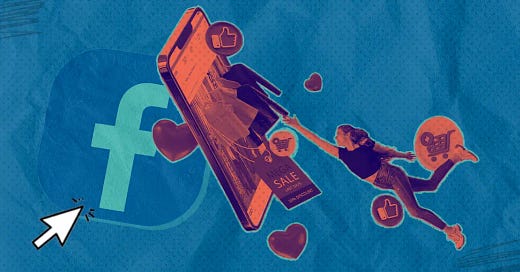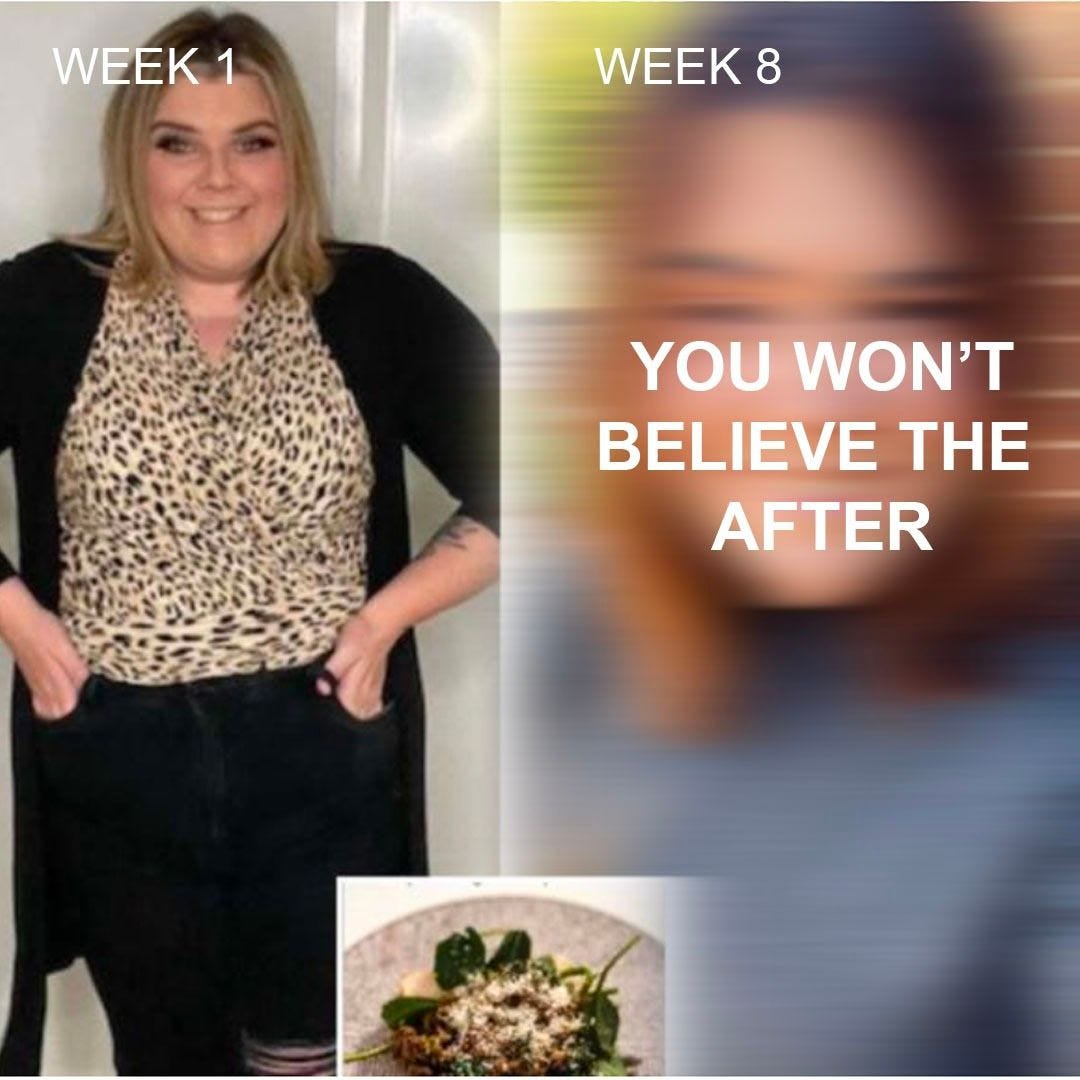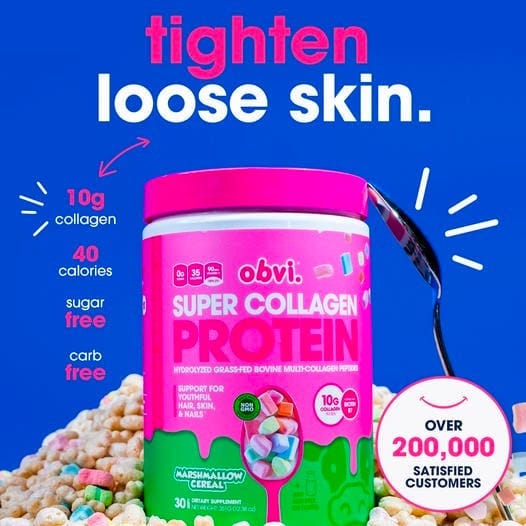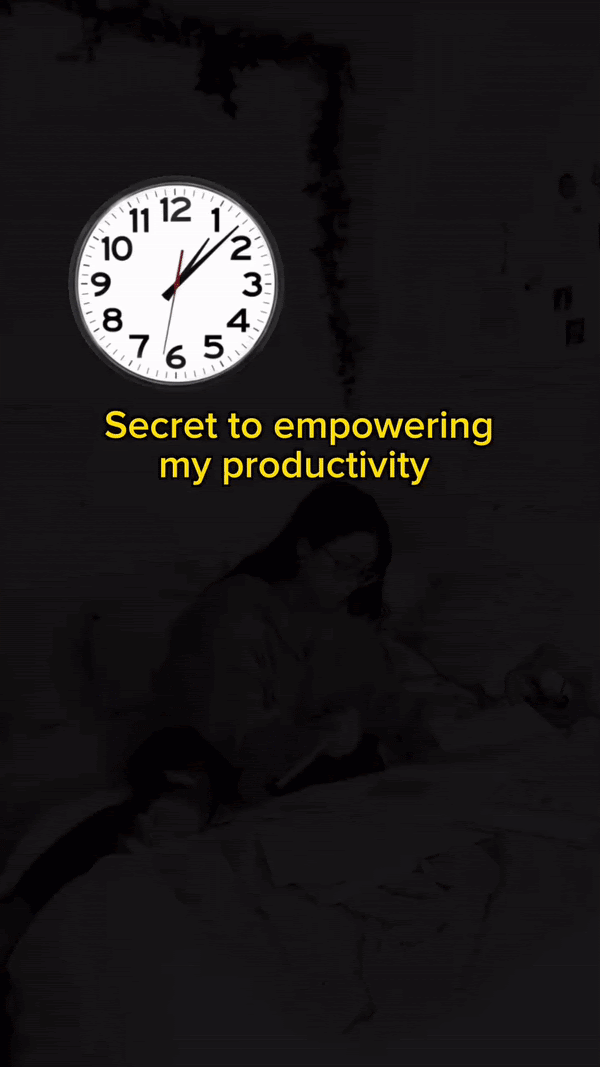🗓️ Wednesday, 5th Feb 2025
Hi, and welcome back to Growth Espresso - your one-stop destination for everything e-com.
Ever wonder why some ads just hit different? Like, you see one and boom—you’re clicking “Add to Cart” without even thinking? Meanwhile, other ads feel like… elevator music. Just background noise.
Turns out, it’s not just about pretty designs or clever copy. The real secret? Emotional triggers.
People buy with emotion and justify with logic. And I wanted to dig deeper into the why behind this, so I picked up Will Leach’s book, Marketing to Mindstates. (If you haven’t read it, highly recommend.)
Here’s the gist: Mindstates shape how we make decisions.
A mindstate is basically a temporary emotional state where we’re primed to take action. When we’re feeling something intensely, we don’t sit there weighing pros and cons—we act. That’s why the best-performing ads don’t just list features… they tap into how people feel.
Today, we’re breaking down 8 different mindstates and showing how brands use them to craft high-converting ads. Some people buy because they’re excited about a better future. Others buy because they’re trying to avoid a bad one. And your messaging needs to match.
Let’s dive in and see how you can use this to make your ads hit way harder. 🚀
Before moving ahead here is a word from today’s sponsor - Pattern
Peak Season, Unwrapped: Key holiday insights to elevate your 2025 promo planning
How will the 2024 holiday season shape your next big promo push? Join Pattern’s ecommerce and advertising experts as they break down key trends, ad performance insights, and strategies for tight sales windows. Plus, get practical tips to get ahead for Summer Prime and drive real growth.
Alright, let’s talk about how people make decisions—because not everyone is motivated the same way.
Will Leach breaks it down into two big mindstates:
1️⃣ Optimistic (Promotion-Focused) – These people are all about gains. They’re looking for opportunities, rewards, and ways to improve their life. They think, “What can I achieve?”
2️⃣ Cautious (Prevention-Focused) – These folks? They’re not chasing wins—they’re avoiding losses. Their mindset is more “How do I make sure nothing goes wrong?”
Here’s how this plays out in real life:
Say you run a gym and want to bring in new members. You’ve got two types of potential customers:
• Optimistic: They want to get fit, feel their best, and level up. An ad saying “Be You, Only Stronger” would hit home for them. It speaks to their desire to improve.
• Cautious: They’re more worried about avoiding health risks or gaining weight. An ad like “Don’t Let Your Weight Hold You Back” would resonate more because it focuses on prevention.
Same goal (getting fit), completely different motivation.
So, now we understand optimistic vs cautious mindstates. Let’s look at the mindstates he mentions in his book.
1. Optimistic Achievement – “I want to win.”
These folks are all about growth and success. They want to crush their goals, hit new milestones, and feel like a winner.
📢 Example: A fitness brand showing a before-and-after transformation with the tagline: “Your Best Self Starts Here.”
Another example from Curology with optimistic achievement:
2. Cautious Achievement – “I don’t want to fail.”
Same desire to achieve, but these people are focused on avoiding mistakes. They don’t want to mess up or waste effort.
📢 Example: A weight loss ad saying: “Stop Wasting Time on Diets That Don’t Work.” (See how it reassures them they won’t fail?)
Here's another example of avoiding while being successful. With these ads, they want to burn fat to look good.
Or this one it’s very similar but has more features and social proof:
3. Optimistic Autonomy – “I want freedom and control.”
They value independence and customization. They want to do things their way.
📢 Example: A car ad with the tagline: “Built for You, Designed by You.” (Because choice = power.)
Here’s an example from Ridge:
4. Cautious Autonomy – “I don’t want to be restricted.”
Similar, but instead of chasing freedom, they’re avoiding feeling trapped.
📢 Example: A meal plan ad saying: “Lose Weight Without Giving Up Your Favorite Foods.” (Because restrictions = nightmare.)
You can also add some personalization in your product ads to convince such mindstates and here are some examples:
5. Optimistic Belonging – “I want to be part of something.”
They crave community and acceptance. They want to fit in and stand out.
📢 Example: A men’s grooming ad saying: “Ladies love a well-groomed man.” (Instant social approval.)
These folks prefer freedom that helps them avoid conformity through products and services.
This is a good ad example for cautious minds who want to be productive and break free from all life demands:
And here’s an example from Dr. Squatch video thumbnail that says it all:
6. Cautious Belonging – “I don’t want to feel left out.”
They fear being excluded or missing out. FOMO is their kryptonite.
📢 Example: A shoe cleaner ad showing scuffed-up sneakers with the line: “Everyone’s keeping their kicks fresh… are you?”
This ad has a clear demonstration of how consumers can avoid dirty-looking shoes and get rid of them very easily:
7. Optimistic Competence – “I want to be the best.”
They’re always looking to level up and sharpen their skills. They want to feel capable and confident.
📢 Example: A book summary app ad saying: “Get Smarter in Just 15 Minutes a Day.”
8. Cautious Competence – “I don’t want to make mistakes.”
They want to improve too, but they’re more worried about screwing up than missing out.
📢 Example: A freelancer marketplace ad saying: “Hire Proven Experts, No Guesswork.” (It removes risk from the equation.)
So, what now?
Every ad you write should tap into at least one of these mindstates. Figure out if your customers are driven by desire or fear, and adjust your messaging accordingly.
Because when you get this right? Your ads won’t just get clicks—they’ll hit home. 🚀













